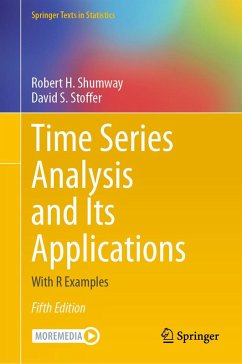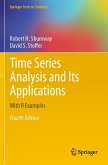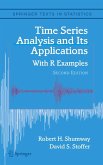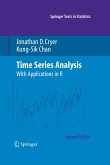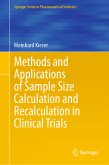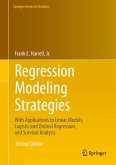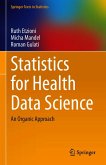The book is designed as a textbook for graduate level students in the physical, biological, and social sciences and as a graduate level text in statistics. Some parts may also serve as an undergraduate introductory course. Theory and methodology are separated to allow presentations on different levels. In addition to coverage of classical methods of time series regression, ARIMA models, spectral analysis and state-space models, the text includes modern developments including categorical time series analysis, multivariate spectral methods, long memory series, nonlinear models, resampling techniques, GARCH models, ARMAX models, stochastic volatility, and Markov chain Monte Carlo integration methods.
This edition includes R code for each numerical example.
Dieser Download kann aus rechtlichen Gründen nur mit Rechnungsadresse in A, B, BG, CY, CZ, D, DK, EW, E, FIN, F, GR, HR, H, IRL, I, LT, L, LR, M, NL, PL, P, R, S, SLO, SK ausgeliefert werden.
"The chapters are nicely structured, well presented and motivated. ... it provides sufficient exercise questions making it easier for adoption as a graduate textbook. The book will be equally attractive to graduate students, practitioners, and researchers in the respective fields. ... The book contributes stimulating and substantial knowledge for time series analysis for the benefit of a host of community and exhibits the use and practicality of the fabulous subject statistics." (S. Ejaz Ahmed, Technometrics, Vol. 59 (4), November, 2017)

